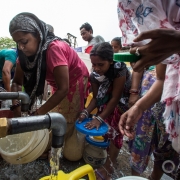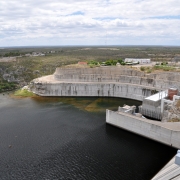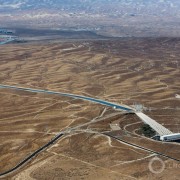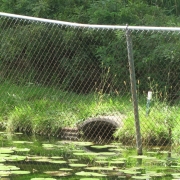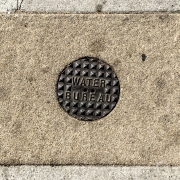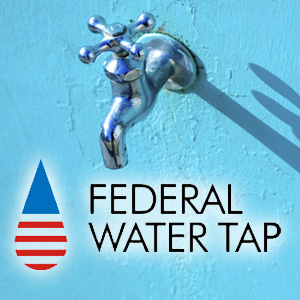America’s Water Infrastructure Requires New Mindset
Trust, cooperate, and innovate for safe water and thriving communities.
By Codi Kozacek
Circle of Blue
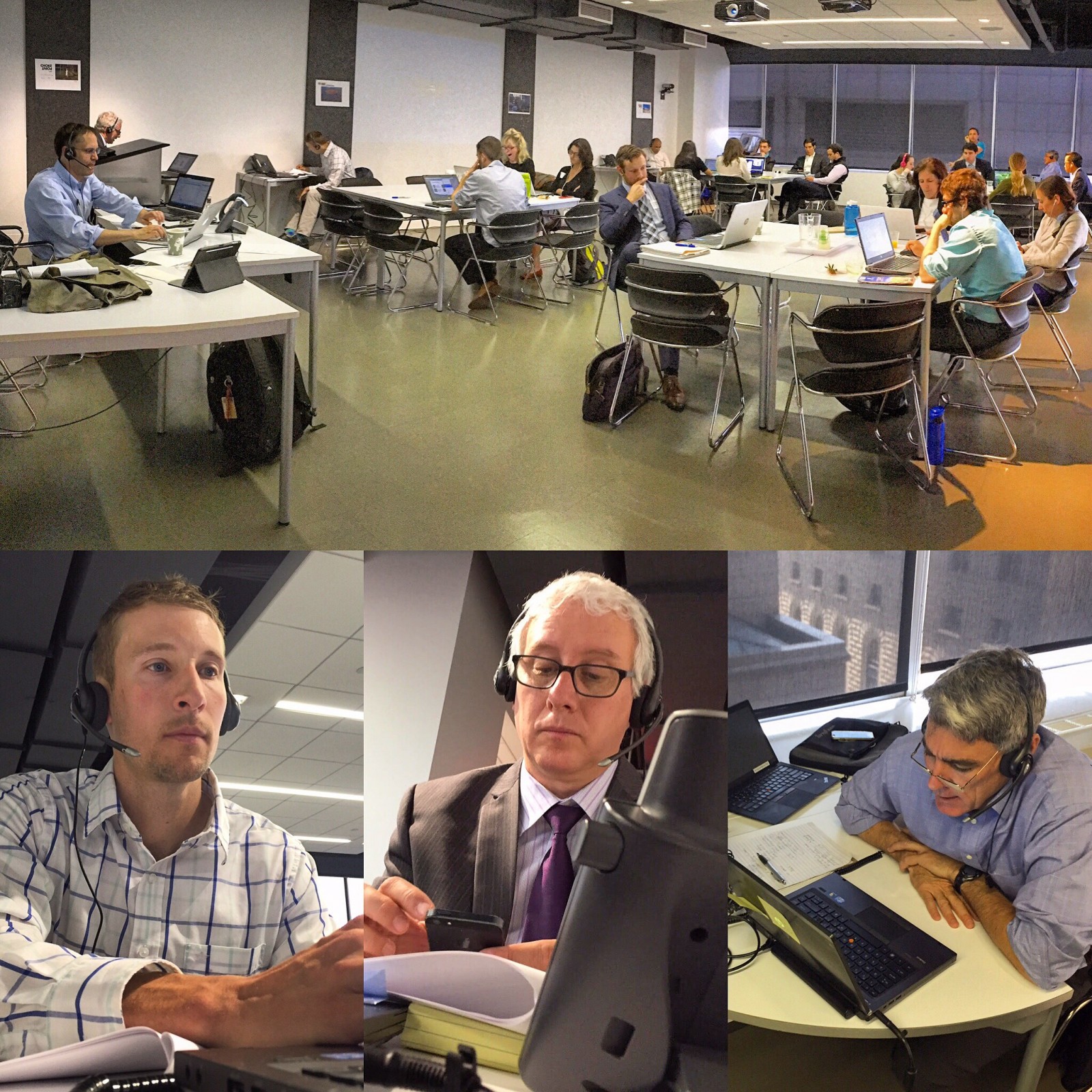
Listeners from around the world joined the interactive H2O Catalyst broadcast to discuss America’s water infrastructure.
America’s substantial water challenges are not secret any longer. Cities poisoned by lead-contaminated drinking water and toxic algae, along with crippling droughts and dwindling groundwater reserves, make it increasingly clear that the nation’s water systems urgently require an overhaul. That was the consensus view of experts convened this week in New York City during H2O Catalyst, an interactive town hall event broadcast live by Circle of Blue with American Public Media and Columbia University.
Listeners from around the world joined the H2O Catalyst broadcast, which focused on the extent of repairs needed to upgrade old and inadequate pipes and treatment plants, and redesign the way water is collected and treated.
All will require:
1) massive financial and political investments
2) reshaping how Americans view the relationship between water providers and consumers.
More and more people are looking at water as a national issue, they are looking at water as a generator of jobs, of economic development.” –Diane VanDe Hei, executive director, Association of Metropolitan Water Agencies
A report released Tuesday by the American Society of Civil Engineers found that necessary water infrastructure investment in the United States is set to face a funding gap of $US 105 billion over the next decade. That doesn’t take into account the estimated $US 30 to $US 40 billion it would take to replace more than 7.3 million lead service lines across the country, a move many have called for in the wake of the lead-contaminated drinking water crisis in Flint, Michigan. Overall, the funding gap for infrastructure needs in the water, electricity, and transportation sectors totals $US 1.4 trillion over the next decade, according to the report.
“I would hope that the Flint crisis, as well as the others we confront, even traffic congestion, prompt us to recognize that we are falling behind as a country,” Henry Cisneros of the Bipartisan Policy Center, who served as secretary of the Department of Housing and Urban Development during President Bill Clinton’s administration, told the town hall listeners. “It’s a question of national competiveness, of health and well-being, of building on the opportunities that present themselves to create urban environments that are more livable, prosperous, and walkable.”
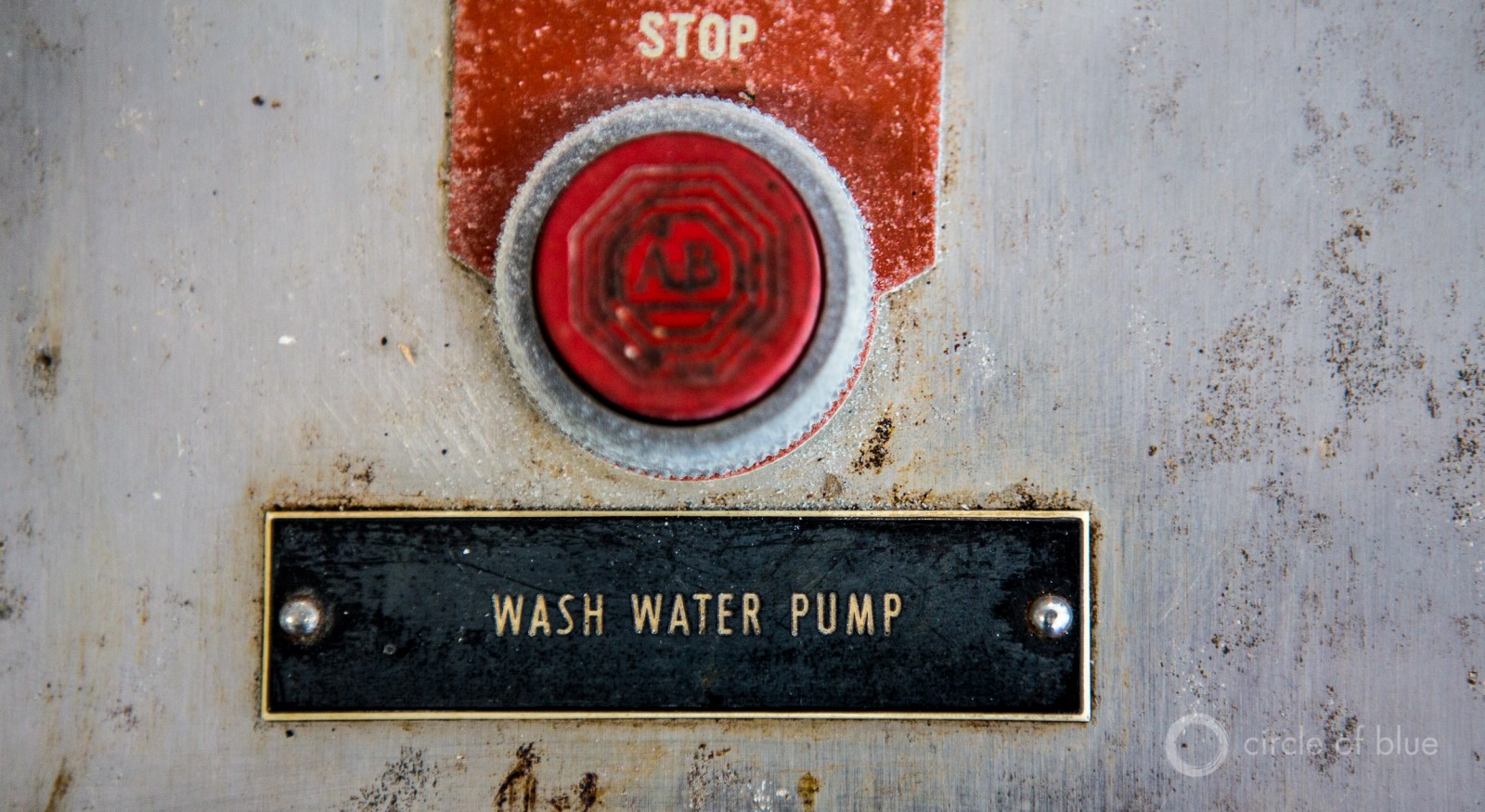
Necessary water infrastructure investment in the United States is set to face a funding gap of $US 105 billion over the next decade.
Cisneros noted that these problems, especially lapses in water infrastructure, present a real and urgent danger to communities. The gravity of the situation is clear in Flint, where children exposed to high levels of lead in their drinking water may suffer developmental and behavioral problems. But the need for investment comes at a time when new public spending programs are being fiercely challenged at all levels of government. President Barack Obama addressed this issue when he spoke last week in Flint, calling on public officials to “fix the culture of neglect” that has resulted in crumbling bridges, failing schools, and unsafe water supplies.
“More and more people are looking at water as a national issue, they are looking at water as a generator of jobs, of economic development, and its impact on national security should something happen to some of the largest systems,” said Diane VanDe Hei, executive director of the Association of Metropolitan Water Agencies, a trade group of public water systems based in Washington, D.C. “Though I do believe local governments will deal with this predominantly, the federal government does have a role to play.”
Financing Improvements
Financing for water infrastructure projects have long relied on municipal bonds and federal loans and grants, such as those offered through the federal Drinking Water State Revolving Fund. Much of the funding for future upgrades will likely come from water customers.
Residents in many U.S. cities are already paying more for their water. Since 2010, average prices for water in 30 major U.S. cities jumped 48 percent, according to an annual survey conducted by Circle of Blue. The increase is largely due to utilities being pinched by the need to repair aging water systems at the same time water use—the basis of revenue— is declining due to more efficient technology and conservation measures.
As a result, utilities need to be very upfront and transparent with their customers, according to Patricia Mulroy, the former general manager of the Southern Nevada Water Authority, and now a senior fellow at the Metropolitan Policy Program of the Brookings Institution. Currently, water users view their water bills as a tax on a resource that many see as a basic human right, rather than the payment necessary to keep up the miles of pipes, pumps, and treatment plants that bring clean water to their taps.
That will need to change, said Mulroy and other panelists at the H2O Catalyst event.
“As long as the public believes and has confidence in the messenger that there is a real need that exists, that it’s going to cause them to pay a little more and they will get something for their money, they will pay that additional amount as long as they feel it’s being fairly assessed,” Mulroy said. “That’s always the magic right there. How do you assess the costs so that everyone feels they are paying their fair share and are not being overly burdened in order to help someone else out?”
Jeff Hughes, director of the Environmental Finance Center at the University of North Carolina, also noted that it is important for utilities to clearly communicate what they are selling, regardless of whether they are billing customers directly or issuing municipal bonds. That means shifting the focus from selling a gallon of water to selling the environmental protection and economic development benefits of clean water. The ASCE report, for instance, found that the funding gap for water infrastructure could cost the country $US 508 billion in GDP and half a million jobs by 2025.
“It starts with the trust and communication between the utilities and customers,” said Hughes. “Most of the revenue streams are going to come from the customers, who maybe don’t want to pay for the future needs, but at least see the value of it. It doesn’t take much to break that trust. And it takes a long time to regain that.”
Envisioning Water Systems of the Future
Aging water infrastructure is not the only threat to adequate supplies of water in America. As evidenced by the deep California drought and the blooms of toxic algae that plague Lake Erie each summer, water scarcity and quality must also be addressed. These efforts become even more important in the context of climate change. Shifting precipitation patterns are expected to increase the severity of droughts in the western United States and cause stronger rainstorms in the East and Midwest that will drive more of the nutrient runoff that fuels algae blooms.
Solutions to water scarcity may rely less on traditional infrastructure like dams and irrigation canals and more on innovative partnerships between different water users. In the Colorado River Basin, for example, some metropolitan water districts are joining forces with farmers to regulate water supplies. Cities pay farmers to take land out of cultivation in good years, effectively shoring up water reserves in major reservoirs like Lake Mead. In drought years, that water is then available to the cities and helps prevent shortage conditions in the reservoir that trigger water cuts for all users.
Everyone has to be a part of the solution, and take a more proactive approach to managing through droughts rather than the traditional 20th-century reactive mode.” –Patricia Mulroy, senior fellow, Brookings Institution
“Climate change is going to, at least for the next decades, significantly change precipitation patterns in the West,” said Patricia Mulroy. “With that comes exposure to long, protracted droughts like we have never experienced. There’s been significant progress made in the conversation and the cooperation between agriculture and urban sectors. There’s been a realization that protecting the larger system that they share. Everyone has to be a part of the solution, and take a more proactive approach to managing through droughts rather than the traditional 20th-century reactive mode.”
Methods to combat scarcity as well as water quality issues will likely include a combination of low-tech and high-tech solutions, according to Upmanu Lall, director of the Columbia Water Center at Columbia University’s Earth Institute. For instance, catching rain where it falls instead of diverting it through extensive stormwater systems that can overflow during heavy rainfall and floods and pollute lakes and rivers. A more decentralized system could also work well for reducing the cost of water treatment overall, Lall said.
“As the EPA identifies and promotes the treatment of additional emerging contaminants, we have to update many of the treatment systems on the drinking water side, and then the wastewater systems as well,” he said. “This is going to add expense. An alternative to this is to start thinking about, should we be taking this highly purified water to flush toilets, then getting it back out and treating it to the same levels? The infrastructure of the future might look somewhat different.”
Instead, wastewater might be treated on-site in people’s homes, and only to a level suitable for its intended use. Water for laundry, washing cars, or lawn care, for example, would not need to be treated to the same quality as drinking water.
Lall added that as utilities make infrastructure upgrades to their old water systems, it is important to keep in mind how those decisions and investments will play out far into the future.
“I think we need to have a real talk about what are our main priorities for managing the resource in the long-run,” he said.
The event, facilitated by David Brancaccio, host of American Public Media’s Marketplace Morning Report, was produced by Circle of Blue with support from Brookby Foundation and Arup.
A news correspondent for Circle of Blue based out of Hawaii. She writes The Stream, Circle of Blue’s daily digest of international water news trends. Her interests include food security, ecology and the Great Lakes.
Contact Codi Kozacek



